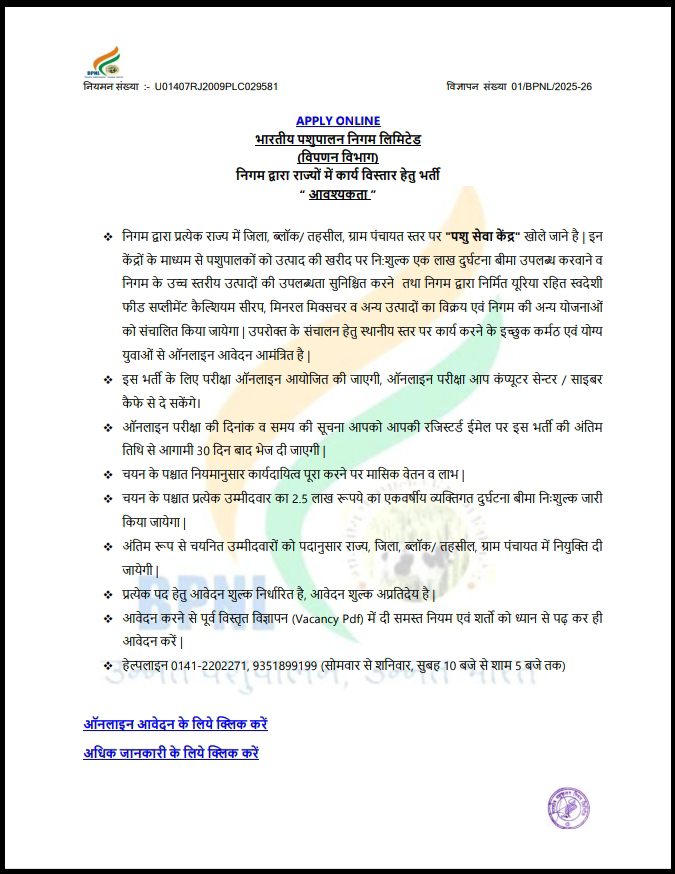Weed management is a critical aspect of agriculture and horticulture, aiming to limit the infestation of unwanted plants (weeds) to allow for profitable crop production and maintain the health and aesthetics of desired vegetation. It encompasses a range of practices designed to prevent, eradicate, and control weeds.
Types of Weeds
Weeds can be broadly classified based on several characteristics:
* Life Cycle:
* Annuals: Complete their life cycle in one year (e.g., crabgrass, common chickweed).
* Biennials: Live for two years, with vegetative growth in the first year and reproduction in the second (e.g., bull thistle).
* Perennials: Live for more than two years and can reproduce by seeds and vegetative means (e.g., dandelion, Bermuda grass).
* Morphology:
* Grasses: Monocots with narrow leaves, hollow or round stems, and parallel veins (e.g., barnyard grass, goose grass).
* Sedges: Monocots with triangular stems and three-ranked leaves (e.g., purple nutsedge, umbrella sedge).
* Broadleaves: Dicots with net-like leaf veins and often showy flowers (e.g., dandelion, clover).
* Habitat:
* Terrestrial: Grow on land (e.g., ragweed).
* Aquatic: Grow in water (e.g., water hyacinth, algae).
Weed Management Methods
Effective weed management often involves an integrated approach, combining several methods to achieve sustainable control.
These methods can be categorized as:
1. Preventive Weed Control: Focuses on stopping the introduction and spread of weeds. Examples include:
* Using weed-free seeds and planting material.
* Cleaning farm equipment before moving between fields.
* Controlling weeds in non-crop areas like field margins and irrigation channels.
* Screening irrigation water to remove weed seeds.
2. Cultural Weed Control: Involves manipulating the growing environment to favor desired plants over weeds.
Examples include:
* Crop rotation: Alternating crops to disrupt weed life cycles.
* Cover crops: Planting temporary crops to suppress weed growth.
* Optimizing planting density and spacing: Allowing the crop canopy to close quickly and shade out weeds.
* Water and nutrient management: Providing optimal conditions for the crop while minimizing resources available to weeds.
* Mulching: Covering the soil surface with organic or inorganic materials to prevent weed germination and growth.
3. Mechanical Weed Control: Physical removal or disruption of weeds. Examples include:
* Hand pulling: Manually removing weeds, especially useful for small infestations or escaped weeds.
* Cultivation and tillage: Using tools to bury, uproot, or disrupt weed seedlings.
* Mowing and slashing: Cutting down weeds to prevent seed production and reduce competition.
* Burning: Using controlled fire to destroy weeds and weed seeds.
* Flooding: Submerging fields to kill weeds intolerant to waterlogged conditions.
4. Biological Weed Control: Using natural enemies of weeds to control their populations. Examples include:
* Herbivorous insects: Introducing insects that feed on specific weeds.
* Grazing animals: Using livestock to graze on weeds.
* Pathogens: Utilizing fungi, bacteria, or viruses that target weed species.
* Competitive plants: Introducing plants that can outcompete weeds for resources.
5. Chemical Weed Control: Using herbicides to kill or inhibit weed growth. Examples include:
* Pre-emergence herbicides: Applied to the soil before weed seedlings emerge.
* Post-emergence herbicides: Applied to actively growing weeds.
* Herbicides can be selective (targeting specific types of weeds) or non-selective (killing all vegetation).
Weed Management in Uttar Pradesh, India
Uttar Pradesh, with its diverse cropping systems and environmental conditions, faces specific weed management challenges. Common weeds in the region include Phalaris minor (Mandusi) and Chenopodium album (Bathua) in wheat, as well as various weeds in crops like jute and sugarcane.
Farmers in Uttar Pradesh often rely on herbicides like 2,4-D and sulfosulfuron for weed control. However, there is increasing awareness of integrated weed management practices, combining chemical, cultural, and mechanical methods for more sustainable and effective weed control. Research efforts in the region focus on evaluating the efficacy of different weed management strategies, including herbicide application timing and rates, crop rotations, and hand weeding.
Effective weed management is crucial for maximizing crop yields, maintaining biodiversity, and reducing the negative impacts of weeds on the environment and human health.

.jpeg)






